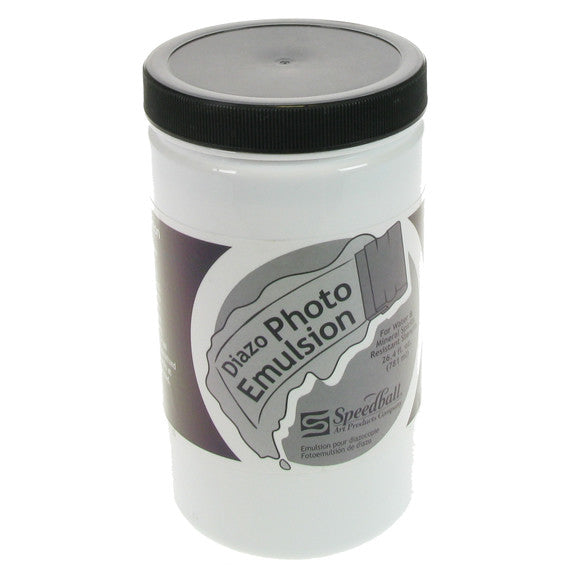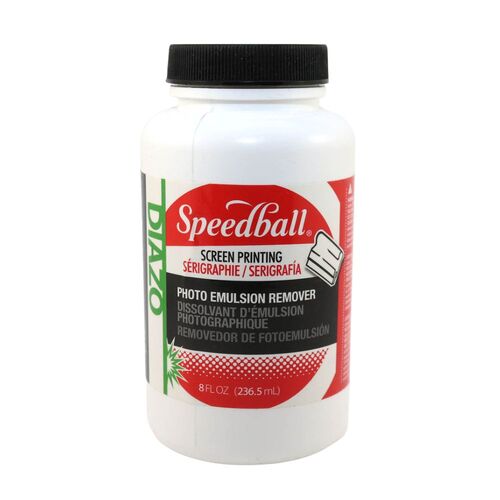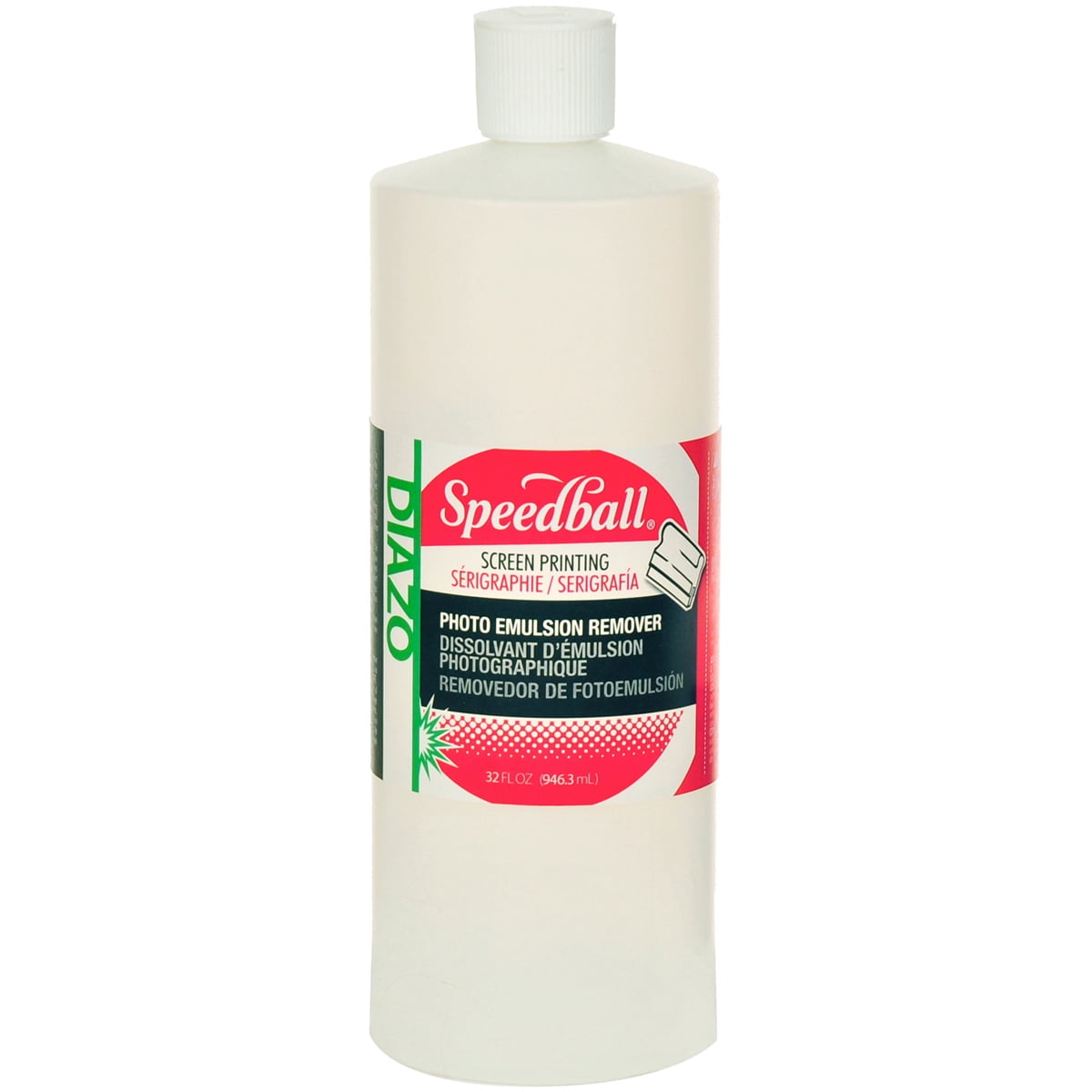
In a negative, all the colors are inverted, white is black, and black is white. That's positive, as opposed to a negative, like a camera negative. Also keep in mind that the top of the screen will generally dry faster than the bottom be sure to check both sides before removing.Įxposing the Screen Īfter we allow the emulsion to dry, we apply what's called a positive to the screen.

Once it's dry, it shouldn't feel sticky at all. If it's not dry, it'll be at least a little tacky. Do this on the edge where it's less likely to cause problems if it's not dry. If it looks dry, you can check it by very gently touching the screen. A small fan blowing gently across it can help speed things up if you can arrange that.Īs long as you're careful not to let too much light in, you can check on it once in a while by peeking into the closet/drawer/box. In general, you're probably looking at about one or two days. Your screen will take varying amounts of time to dry, depending on the emulsion, the thickness of the coat you put on, and the air conditions. It'll probably be in there for a day or two, so keep that in mind, especially in closets and drawers. You should also make sure it won't be exposed to too much dust, dirt, etc. Basically anything that will allow it to lay flat without the screen coming in contact with anything, and will prevent light from getting to it will do. Coating the inside is the cleanest, but depending on the kind of paint, it might be prone to scratching from the frame. Most such containers are fairly transparent, however, so you can get yourself some nice thick black paint and coat the thing in a few layers of that to black out the light. If you're handy with wood, you can make one yourself, or you can just get yourself some sort of rubber storage container big enough for the frame. Other alternatives are to fashion an opaque box big enough to fit the frame in. If you have a dark closet or drawer where you can lay it flat and it won't be disturbed, that's fine. Make sure you dry the screen in a dark location, exposing it to light now will cause over exposure and ruin your stencil. Do the best you can, and remember that on the bottom of the screen (the printing side, or flat side), you can extend the emulsion over the edge of the screen onto the frame, if that helps seal those edges. The edges are particularly prone to this, and will cause stray lines of ink to show up on your print. Make sure to cover entirely both sides of the screen, any holes you leave will allow ink to get through. That's fine, but you'll probably want to add more to the bottom side, still, to get a good coat. Note that after doing the top side, you'll probably have quite a bit of emulsion already pushed through the screen on the bottom side. It is best if it will fit going both the long way and the short way, but as long as it at least fits the long way, you should be ok.

You'll want to make sure, therefore, that your squeegee fits inside the frame on the bottom side. Once the top side is coated, flip it over and repeat on the bottom. Use smooth, even, and fairly light strokes of the squeegee to apply a smooth and even layer. Lay the screen flat, right side up, and pour a thin line of emulsion along one edge of the top side of your screen. You could avoid this if you did the top first, and then the bottom, since the frame itself holds the top up off the surface, but you'll also want to dry the screen with the bottom side down, so you'll need to support it then, anyway. Thumb tacks stuck into the corners of your frame work well for this.

Since you'll be applying the emulsion to both sides, you will need some temporary way of supporting the frame when it is side-down.

The "bottom" is the side where the screen is flush with the wood frame, and is placed side-down when printing. To clarify in this section, the "top" of the screen is the side that sits embedded in the wooden frame, and is the side from which you apply screen-printing ink. You can do this with either a "scoop coater" or a standard squeegee. The way we do this is to spread a thin layer of the emulsion over both sides of our screen. That's perfect for creating a stencil: we'll "toughen" up parts of the stencil that we want to keep solid, and then wash away the rest.Īpplying the Emulsion Essentially, photo emulsion becomes "tougher" when exposed to light, making it more difficult to remove from surfaces. Photo emulsion is thick liquid substance which reacts to light. One of the often preferred methods for making silk screening stencils is the photo emulsion technique.


 0 kommentar(er)
0 kommentar(er)
